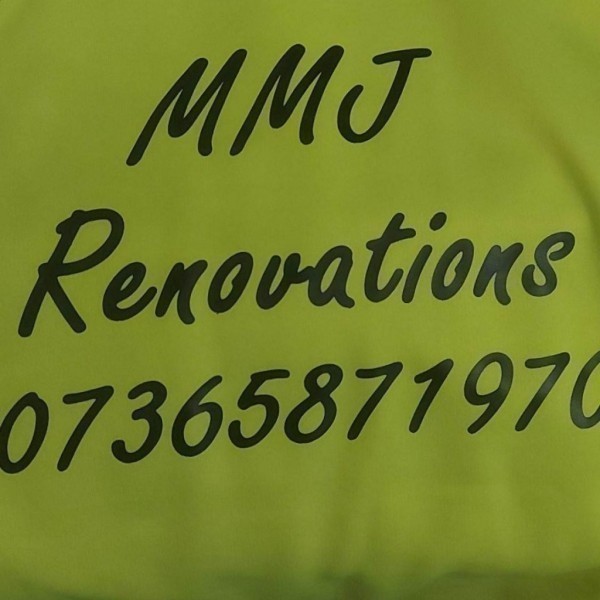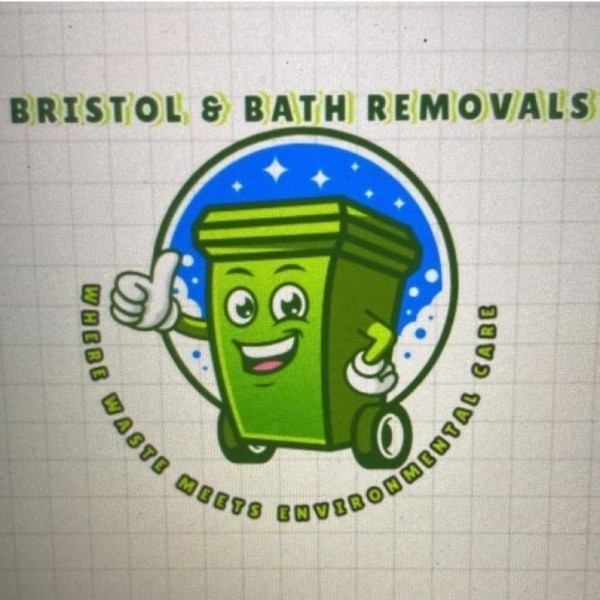Demolition/Clearance in the UK
Search Demolition/Clearance by county
- Demolition/Clearance in London
- Demolition/Clearance in Bedfordshire
- Demolition/Clearance in Berkshire
- Demolition/Clearance in Bristol
- Demolition/Clearance in Buckinghamshire
- Demolition/Clearance in Cambridgeshire
- Demolition/Clearance in Cheshire
- Demolition/Clearance in Cornwall
- Demolition/Clearance in County Durham
- Demolition/Clearance in Cumbria
- Demolition/Clearance in Derbyshire
- Demolition/Clearance in Devon
- Demolition/Clearance in Dorset
- Demolition/Clearance in East Riding of Yorkshire
- Demolition/Clearance in East Sussex
- Demolition/Clearance in Essex
- Demolition/Clearance in Gloucestershire
- Demolition/Clearance in Greater Manchester
- Demolition/Clearance in Hampshire
- Demolition/Clearance in Herefordshire
- Demolition/Clearance in Hertfordshire
- Demolition/Clearance in Isle of Wight
- Demolition/Clearance in Isles of Scilly
- Demolition/Clearance in Kent
- Demolition/Clearance in Lancashire
- Demolition/Clearance in Leicestershire
- Demolition/Clearance in Lincolnshire
- Demolition/Clearance in Merseyside
- Demolition/Clearance in Norfolk
- Demolition/Clearance in North Yorkshire
- Demolition/Clearance in Northamptonshire
- Demolition/Clearance in Northumberland
- Demolition/Clearance in Nottinghamshire
- Demolition/Clearance in Oxfordshire
- Demolition/Clearance in Rutland
- Demolition/Clearance in Shropshire
- Demolition/Clearance in Somerset
- Demolition/Clearance in South Yorkshire
- Demolition/Clearance in Staffordshire
- Demolition/Clearance in Suffolk
- Demolition/Clearance in Surrey
- Demolition/Clearance in Tyne and Wear
- Demolition/Clearance in Warwickshire
- Demolition/Clearance in West Midlands
- Demolition/Clearance in West Sussex
- Demolition/Clearance in West Yorkshire
- Demolition/Clearance in Wiltshire
- Demolition/Clearance in Worcestershire
Understanding Demolition/Clearance: An Overview
Demolition/clearance is a fascinating and complex process that involves the dismantling of structures and the removal of debris. This activity is essential in urban development, making way for new constructions and revitalising spaces. It requires meticulous planning, skilled execution, and adherence to safety and environmental regulations. Let's delve into the various aspects of demolition/clearance to understand its significance and intricacies.
The History of Demolition/Clearance
The concept of demolition/clearance dates back to ancient times when civilisations demolished structures for expansion or to make way for new ones. The Romans, for instance, were known for their engineering prowess, which included the demolition of old structures to build new roads and aqueducts. Over the centuries, the methods and technologies have evolved significantly, transforming demolition from a manual task to a sophisticated process involving advanced machinery and techniques.
Types of Demolition
Demolition can be categorised into several types, each suited to different scenarios and requirements:
- Selective Demolition: This involves the careful removal of specific parts of a structure, often for renovation purposes.
- Total Demolition: The complete dismantling of a structure, usually to clear the site for new construction.
- Interior Demolition: Focused on the removal of interior components while preserving the exterior structure.
- Implosion: A controlled demolition technique using explosives to collapse a structure inward, minimising damage to surrounding areas.
Planning and Preparation
Before any demolition/clearance project begins, thorough planning and preparation are crucial. This phase involves:
- Site Assessment: Evaluating the structure, its surroundings, and potential hazards.
- Regulatory Compliance: Ensuring all necessary permits and approvals are obtained.
- Safety Measures: Developing a comprehensive safety plan to protect workers and the public.
- Environmental Considerations: Assessing the environmental impact and planning for waste management and recycling.
Tools and Equipment Used in Demolition
Modern demolition/clearance relies on a range of specialised tools and equipment to ensure efficiency and safety:
- Excavators: Versatile machines equipped with various attachments for breaking, cutting, and lifting.
- Wrecking Balls: Traditional yet effective for demolishing large structures.
- Hydraulic Breakers: Powerful tools for breaking concrete and other hard materials.
- Explosives: Used in controlled demolitions for rapid and precise results.
Safety Protocols in Demolition/Clearance
Safety is paramount in demolition/clearance projects. Adhering to strict safety protocols helps prevent accidents and injuries:
- Personal Protective Equipment (PPE): Ensuring all workers wear appropriate gear, such as helmets, gloves, and safety boots.
- Training: Providing comprehensive training to workers on equipment use and emergency procedures.
- Site Security: Implementing measures to secure the site and restrict unauthorised access.
- Monitoring: Continuous monitoring of the site for potential hazards and implementing corrective actions promptly.
Environmental Impact and Waste Management
Demolition/clearance can have significant environmental impacts, making waste management a critical component of the process:
- Recycling: Salvaging materials such as metal, wood, and concrete for reuse.
- Waste Segregation: Separating hazardous waste from non-hazardous materials for proper disposal.
- Dust Control: Implementing measures to minimise dust emissions during demolition activities.
- Noise Reduction: Using techniques and equipment to reduce noise pollution.
Legal and Regulatory Framework
Demolition/clearance is governed by a complex legal and regulatory framework to ensure safety and environmental protection:
- Building Codes: Compliance with local building codes and standards.
- Environmental Regulations: Adhering to laws governing waste disposal and emissions.
- Health and Safety Laws: Ensuring worker safety through compliance with occupational health and safety regulations.
- Permits and Approvals: Obtaining necessary permits from local authorities before commencing demolition.
Innovations in Demolition Technology
Technological advancements have revolutionised demolition/clearance, making it safer and more efficient:
- Robotics: The use of robotic equipment for precision demolition in hazardous environments.
- 3D Modelling: Utilising 3D models for planning and visualising demolition projects.
- Remote-Controlled Equipment: Enhancing safety by allowing operators to control machinery from a distance.
- Advanced Explosives: Developing explosives that minimise environmental impact and improve precision.
Case Studies of Successful Demolition Projects
Examining successful demolition/clearance projects provides valuable insights into best practices and innovative solutions:
- The Pruitt-Igoe Housing Complex: A landmark project in St. Louis, USA, demonstrating the use of implosion for large-scale demolition.
- The London Bridge: The careful dismantling and relocation of the historic bridge to Lake Havasu City, USA.
- The Kowloon Walled City: The clearance of a densely populated area in Hong Kong, showcasing effective urban planning and community engagement.
The Role of Demolition/Clearance in Urban Development
Demolition/clearance plays a vital role in urban development, facilitating the transformation of cities and communities:
- Revitalising Spaces: Clearing derelict structures to create new parks, residential areas, and commercial spaces.
- Infrastructure Development: Making way for new roads, bridges, and public transport systems.
- Historical Preservation: Carefully dismantling and preserving historical structures for future generations.
- Community Engagement: Involving local communities in planning and decision-making processes.
Challenges in Demolition/Clearance
Despite its importance, demolition/clearance faces several challenges that require careful consideration and management:
- Environmental Concerns: Balancing the need for development with environmental protection.
- Safety Risks: Managing the inherent risks associated with demolition activities.
- Regulatory Compliance: Navigating complex legal and regulatory requirements.
- Community Opposition: Addressing concerns and objections from local communities.
Future Trends in Demolition/Clearance
The future of demolition/clearance is shaped by emerging trends and innovations that promise to enhance efficiency and sustainability:
- Sustainable Practices: Increasing focus on recycling and waste reduction.
- Smart Technology: Integrating smart technology for real-time monitoring and data analysis.
- Green Demolition: Developing eco-friendly demolition techniques and materials.
- Global Collaboration: Sharing knowledge and best practices across borders to improve industry standards.
Frequently Asked Questions
- What is demolition/clearance? Demolition/clearance involves dismantling structures and removing debris to make way for new developments.
- Why is demolition important? It is crucial for urban development, infrastructure improvement, and revitalising spaces.
- What are the types of demolition? Types include selective, total, interior demolition, and implosion.
- How is safety ensured during demolition? Through strict safety protocols, training, and the use of personal protective equipment.
- What are the environmental impacts of demolition? Impacts include waste generation, dust, and noise pollution, which are managed through recycling and control measures.
- What are the future trends in demolition? Trends include sustainable practices, smart technology, and green demolition techniques.
Demolition/clearance is a dynamic and essential field that continues to evolve with technological advancements and changing societal needs. By understanding its complexities and challenges, we can appreciate its role in shaping the built environment and contributing to sustainable urban development.






















